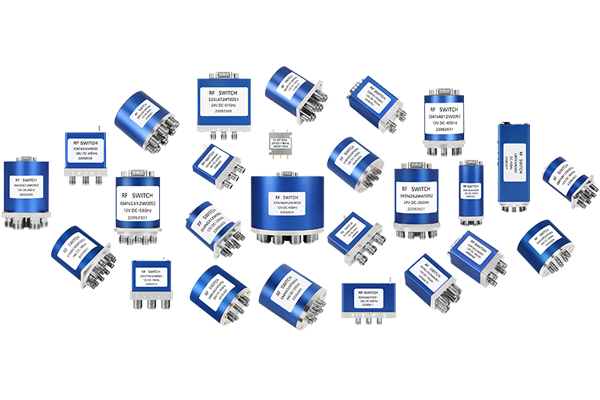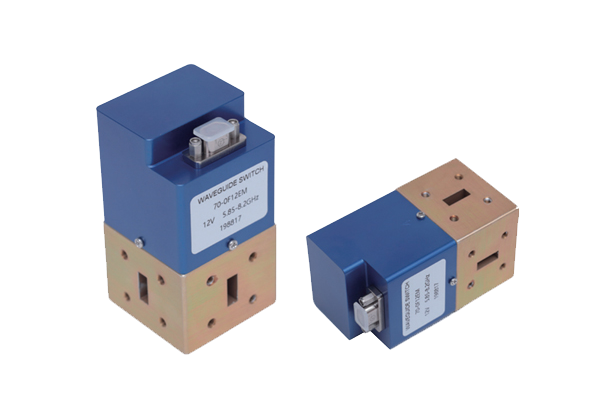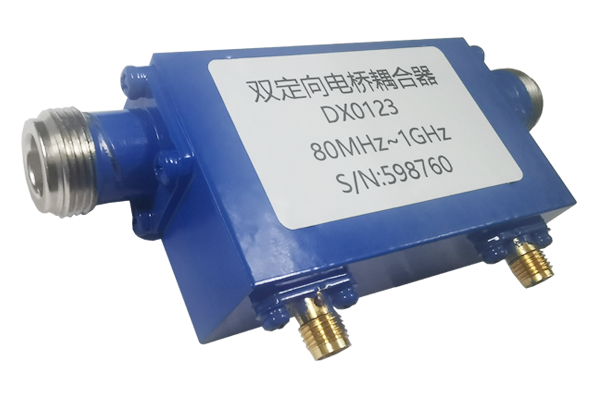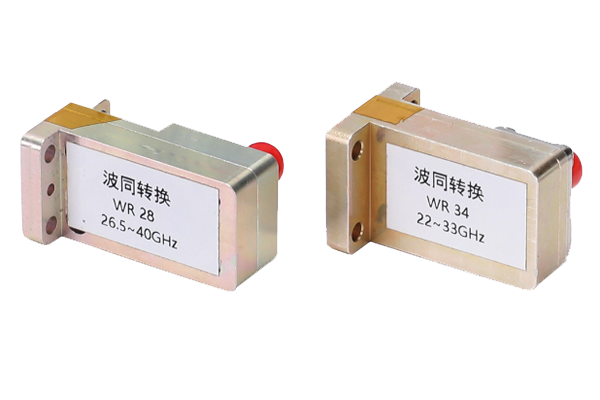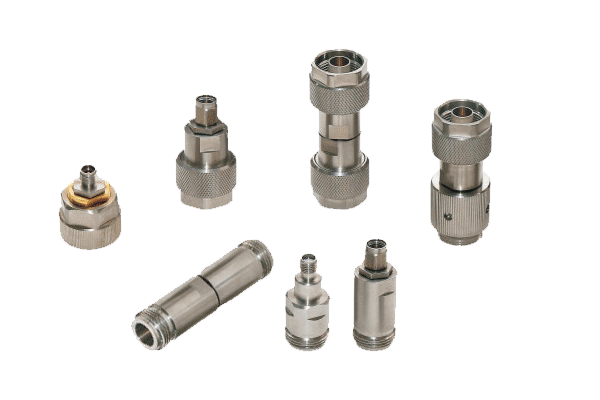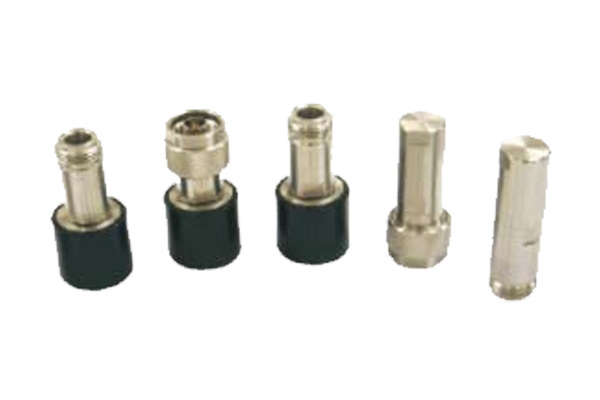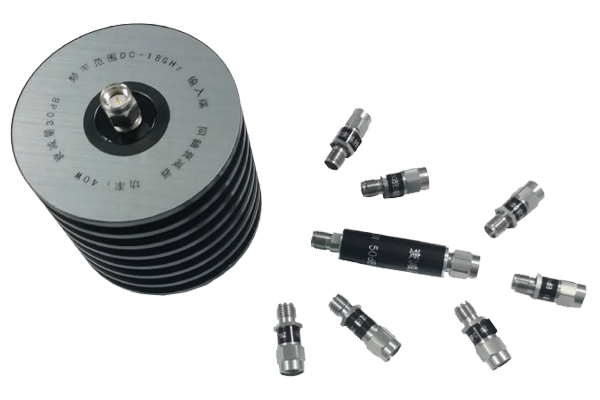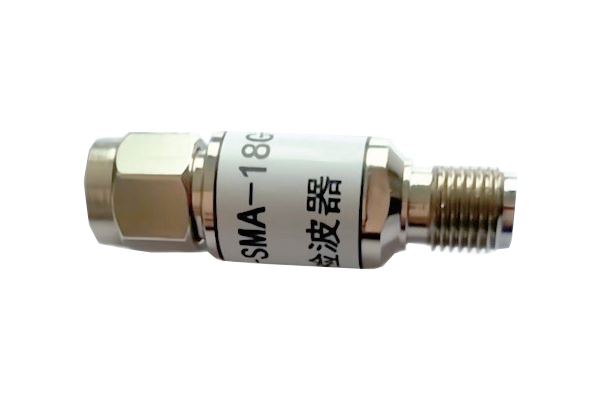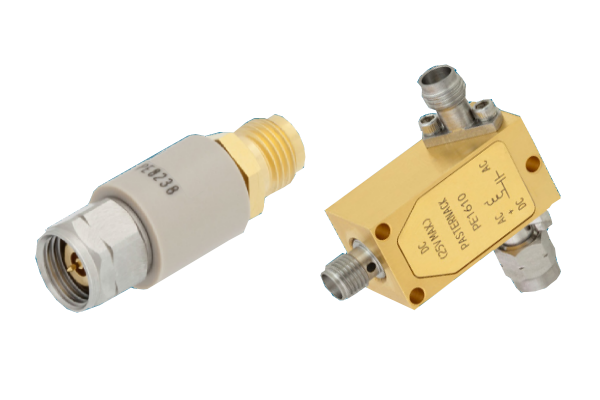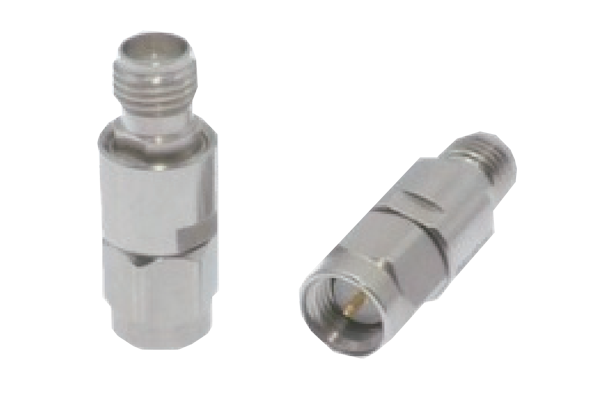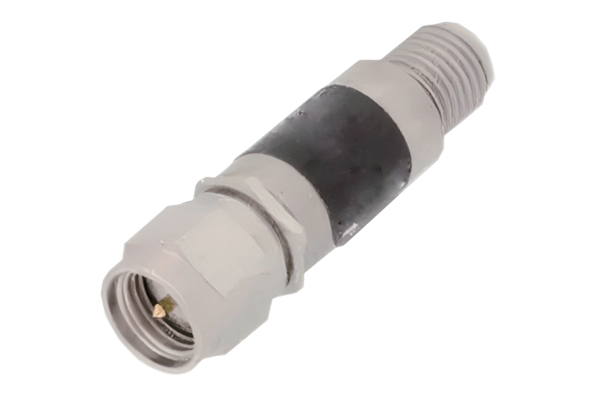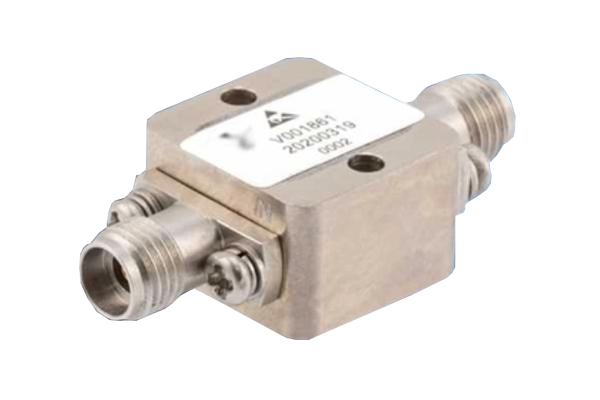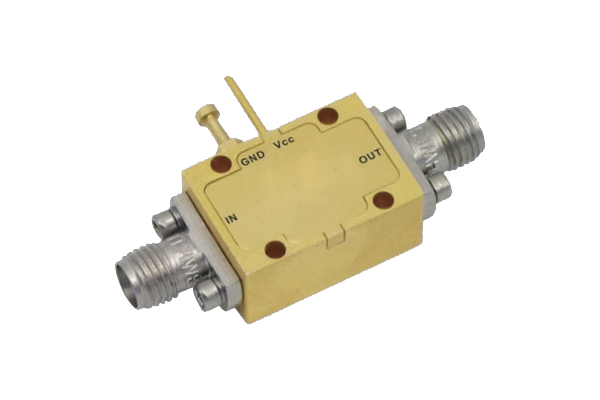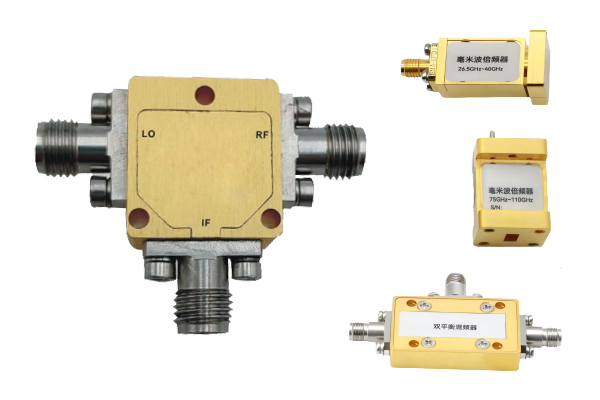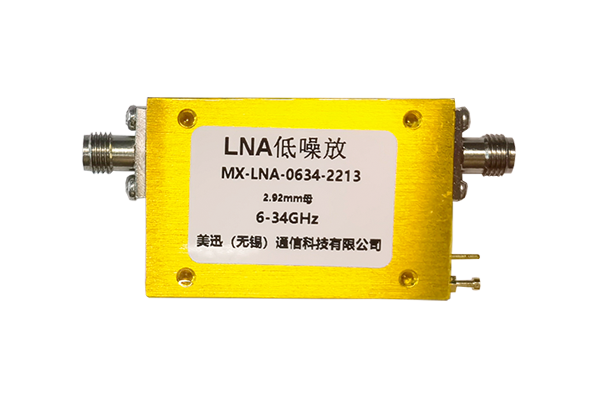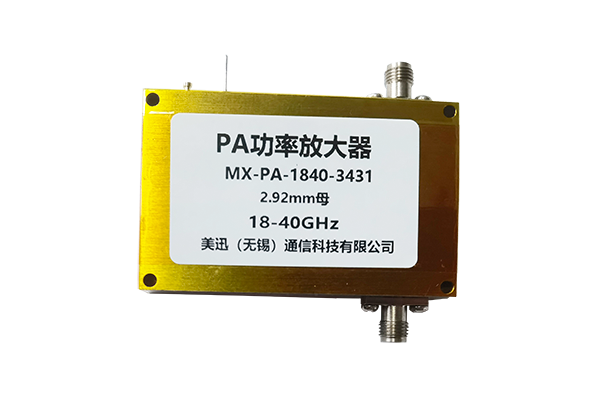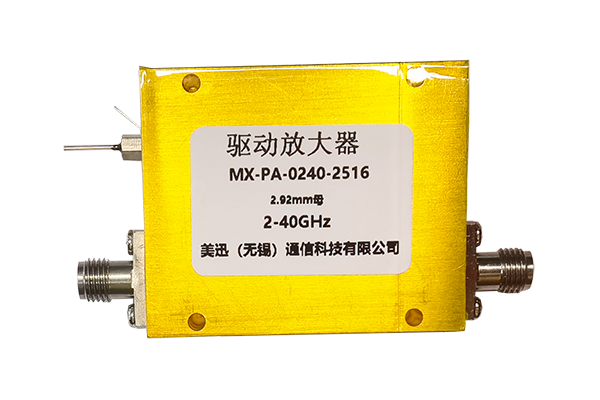How to improve the switching speed of Coaxial Switch
Select high-speed switching components: For electronic Coaxial Switch, such as PIN diodes or FETs, it is crucial to select components with faster switching speeds. For example, high-speed PIN diodes have shorter carrier lifetimes and can quickly complete the on- and off-state transitions; high-performance FETs can achieve faster gate control responses, thereby accelerating the overall switching speed.
Reduce the impact of parasitic parameters: Carefully design the internal wiring, shorten the signal transmission path, and reduce line parasitic capacitance and inductance. Parasitic capacitance delays the charging and discharging process of the signal, while parasitic inductance generates reverse electromotive force when the current changes, hindering the switching. By optimizing the PCB layout and arranging the component positions reasonably, the negative impact of these parasitic parameters on the switching speed can be effectively reduced.
2. Improve the control circuit
Use high-speed driver chips: The driver chip in the control circuit is responsible for providing drive signals for the switching elements. Using high-speed driver chips with steep rising and falling edges and fast response speeds can quickly change the bias voltage or current of the switching element to achieve fast switching. For example, some drivers designed for high-speed switching applications can significantly shorten the transmission delay of control signals. Optimize control signals: Ensure that the control signals input to the Coaxial Switch are clean, stable, and have appropriate level amplitude and edge characteristics. Add signal conditioning circuits, such as filtering and shaping circuits, to remove noise and clutter in the control signal to prevent them from interfering with the normal switching of the switch. At the same time, according to the characteristics of the switch element, accurately adjust the voltage and current values of the control signal to make the switch work in the best state. 3. Consider the mechanical structure (for mechanical Coaxial Switch) Reduce the mass of moving parts: Mechanical Coaxial Switch achieves switching through mechanical action. Reducing the mass of moving parts (such as contacts, transmission rods, etc.) can reduce their inertia. Lighter parts can change the state of motion faster and complete the switching action when driven by motors or electromagnets. Lightweight and high-strength materials can be used to manufacture these parts. Reduce mechanical friction: Use high-quality lubricating materials to lubricate mechanical transmission parts to reduce friction resistance. For example, using lubricants with low friction coefficients in bearings, guide rails, etc. can make the parts move more smoothly and shorten the switching time. In addition, optimizing the mechanical structure design and ensuring the matching accuracy between the components can also help reduce friction.



